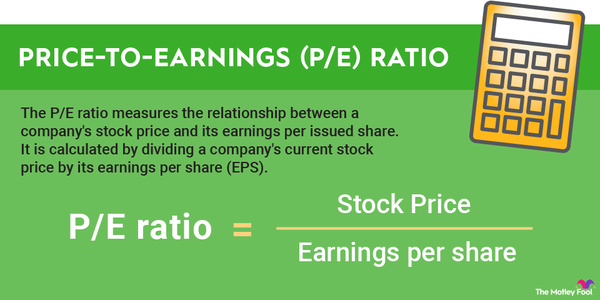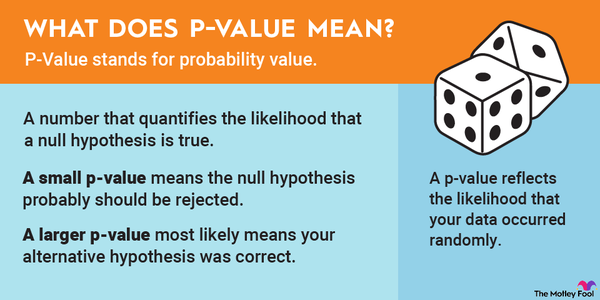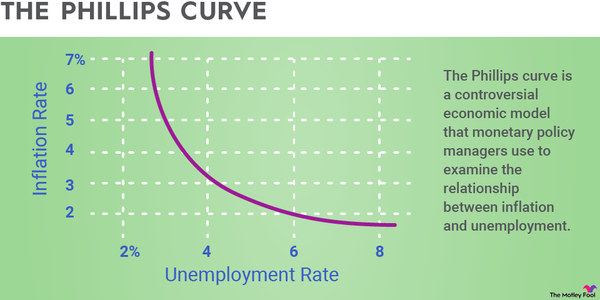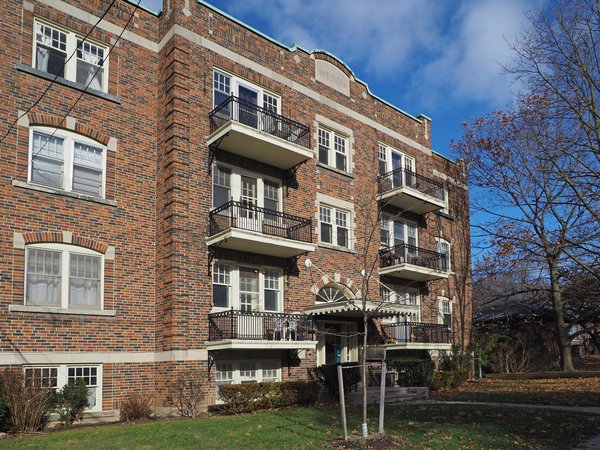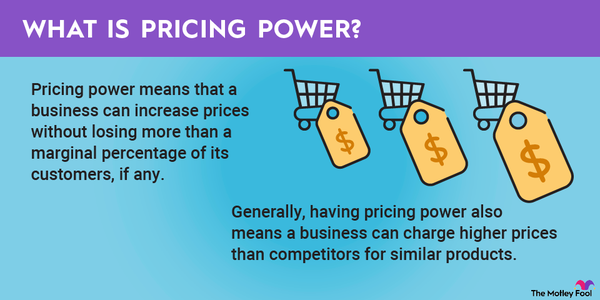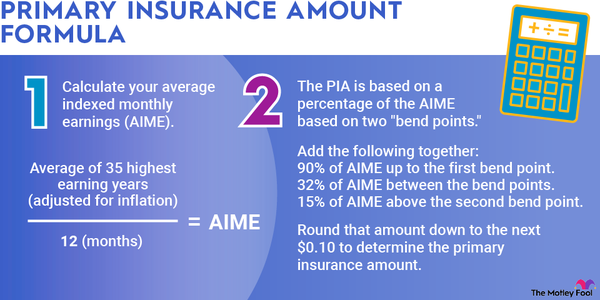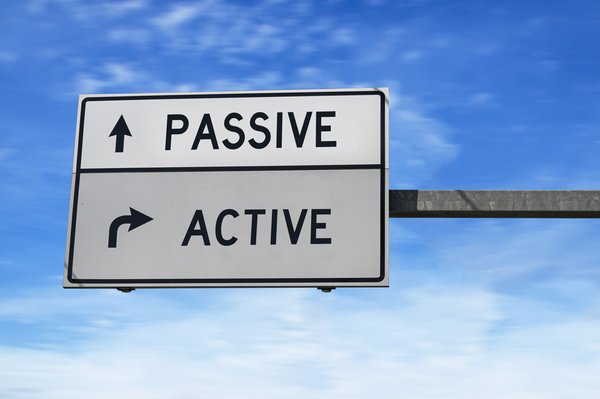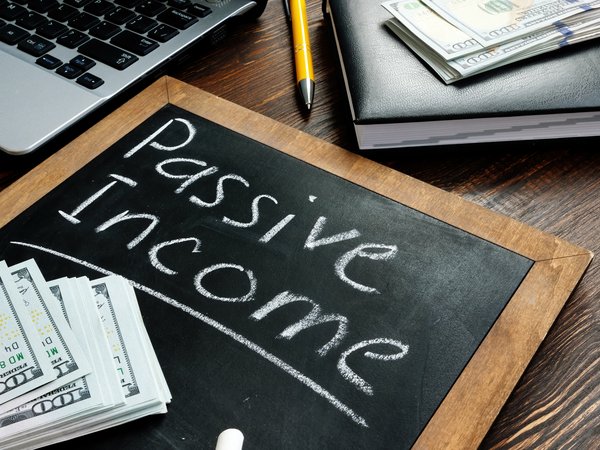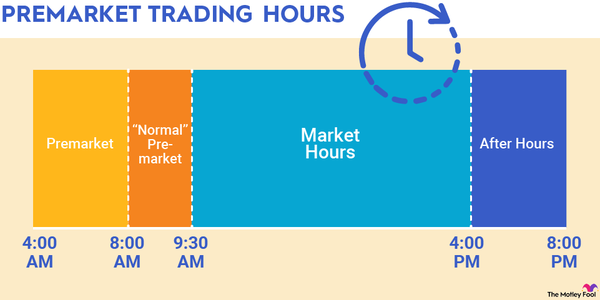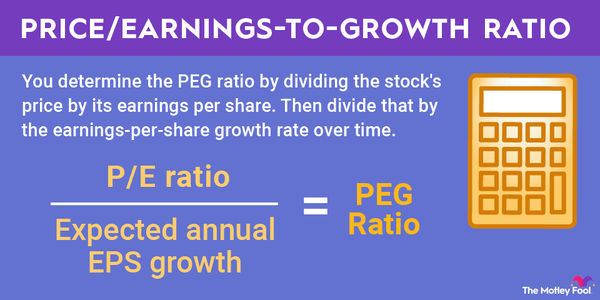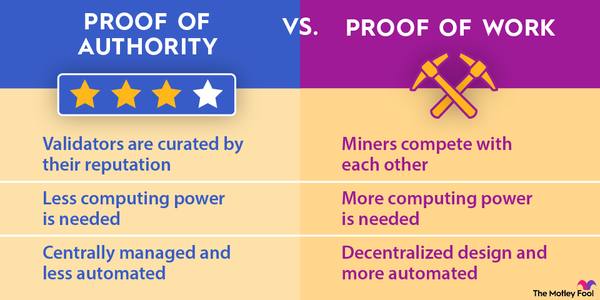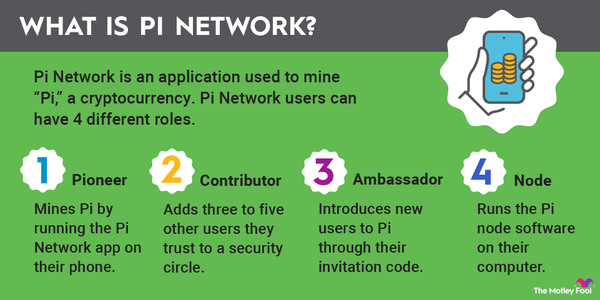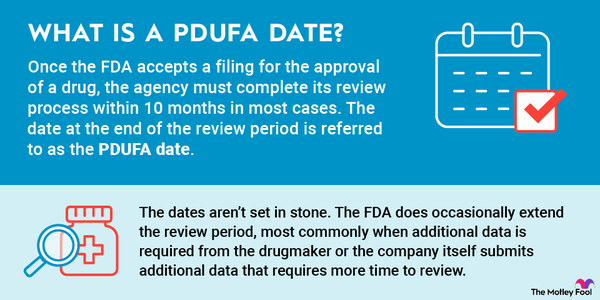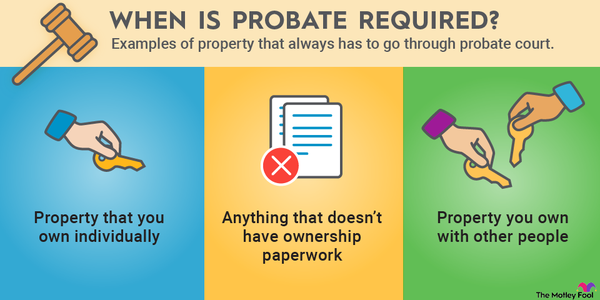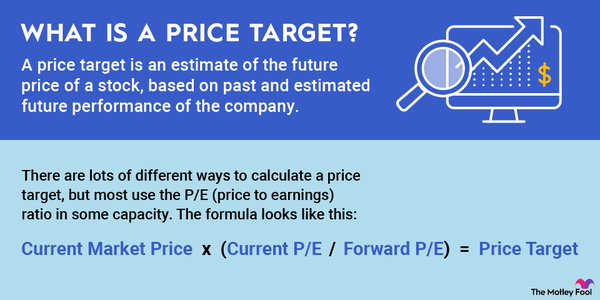Professional liability insurance has a focused area of coverage that is critical for certain business types. Learn about this form of insurance below, including what it pays for, which businesses and professionals need it, and its costs.

Definition
Understanding professional liability insurance
Professional liability insurance protects service businesses from client claims of damages stemming from negligence or mistakes. Say, a client asserts financial harm caused by following an attorney's advice. The service provider's professional liability policy can help pay for legal defense costs and a court-mandated or voluntary settlement.
These types of issues may constitute a professional liability claim:
- Negligence. A lawyer misses a critical filing deadline, resulting in excess client costs.
- Mistakes. A tax accountant inadvertently understates a client's income. The IRS levies interest and heavy penalties as a result.
- Breach of contract. An architect collects fees from a client but fails to deliver the plans. The client sues to recapture the fees.
- Copyright infringement. A freelance graphic designer uses unauthorized artwork in a client's marketing brochure. The client gets sued by the copyright holder and, in turn, sues the graphic designer.
- Slander. A business runs negative ads about a competitor. The competitor sues for damages.
Professional liability coverage does not cover these types of lawsuits and damages:
- Property damage. Property damage assertions against a business are usually handled by general liability insurance.
- Customer or employee injuries. General liability insurance also covers customer injuries. Workers' compensation handles employee injuries.
- Intentional or malicious actions. Damages resulting from malicious acts are excluded from coverage on any policy.
- Damages resulting from a car accident. Business auto policies address claims related to car accidents involving business vehicles.
- Costs or claims related to a cyber attack. These claims are handled by cyber liability insurance.
Professional liability coverage is also called errors and omissions, E&O, or PLI insurance. Coverage limits can range from $250,000 up to several million dollars.
Who needs it
Who needs professional liability insurance
Generally, professional liability insurance is appropriate for businesses that give advice, such as:
- Health care professionals, including doctors, dentists, and physical therapists.
- Lawyers.
- Architects.
- Engineers.
- Financial professionals, including accountants, stockbrokers, and insurance brokers.
- Graphic designers.
- Content writers.
- Marketing consultants.
- Technology consultants and software developers.
Premiums
Premiums for claims-made coverage
Professional liability insurance is usually claims-made coverage, which has specific timing requirements for coverage. The window for accepted claims starts with a retroactive date and ends with the expiration of extended reporting.
- The retroactive date predates the policy effective date. It will be specified in policy documents. The insurer will only accept claims related to issues occurring after the retroactive date.
- Extended reporting is a period that follows policy cancellation or expiration. It is commonly 30 or 60 days. The insurer will only accept claims made before the end of extended reporting, no matter when the underlying incident occurred.
The typical cost of claims-made PLI coverage is $500 to $1,000 annually per employee. Larger teams are more expensive to insure because having more employees increases the potential for mistakes. The good news is that professional liability insurance premiums should be tax-deductible for the business.
Premiums also vary by the type of business covered, the business location, coverage limits, and claims history. Architects, engineers, medical professionals, and businesses with a history of professional liability claims tend to pay the most for coverage.
Related investing topics
Legal defense costs
Legal defense costs
Honest mistakes aren't the sole drivers of professional liability insurance claims. Business leaders should also consider the possibility of frivolous lawsuits. The expenses to defend and settle a claim can be debilitating for a small business -- whether the claim is legitimate or not.
Defense costs in a malpractice suit can range from $30,000 to $100,000 or more. A report from the National Federation of Independent Business, as quoted by Pitcoff Law Group, estimates small business owners pay $35.6 billion annually to settle civil suits. Those that go to trial spend more than $100 billion cumulatively in litigation costs.
Relative to the costs of legal defense, premiums seem minor. For this reason, many business leaders maintain professional liability coverage as a mandatory financial protection.

